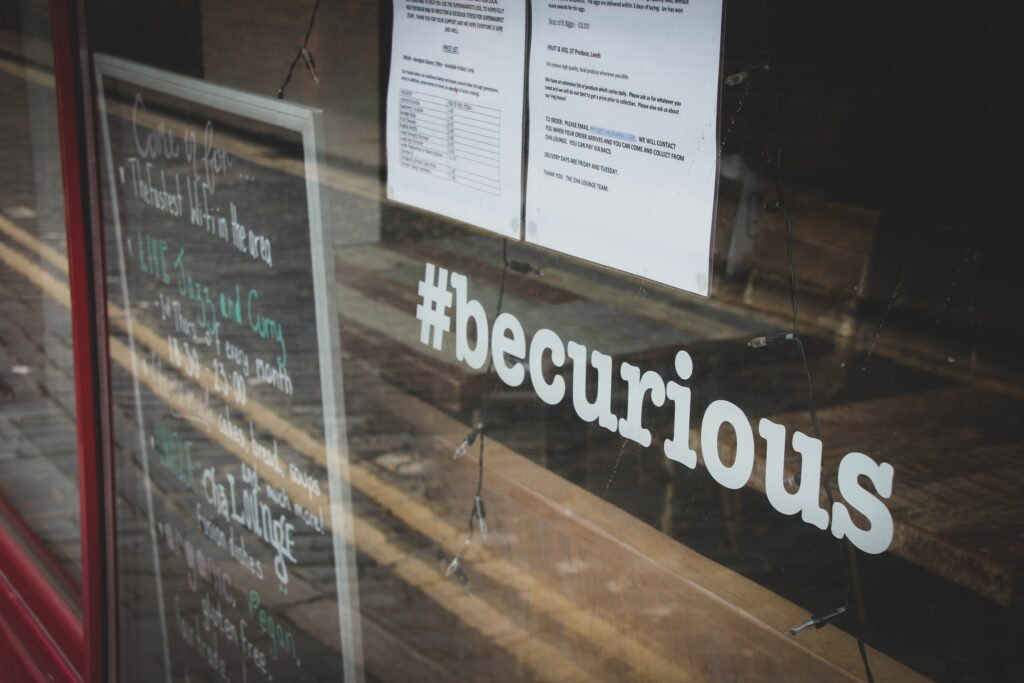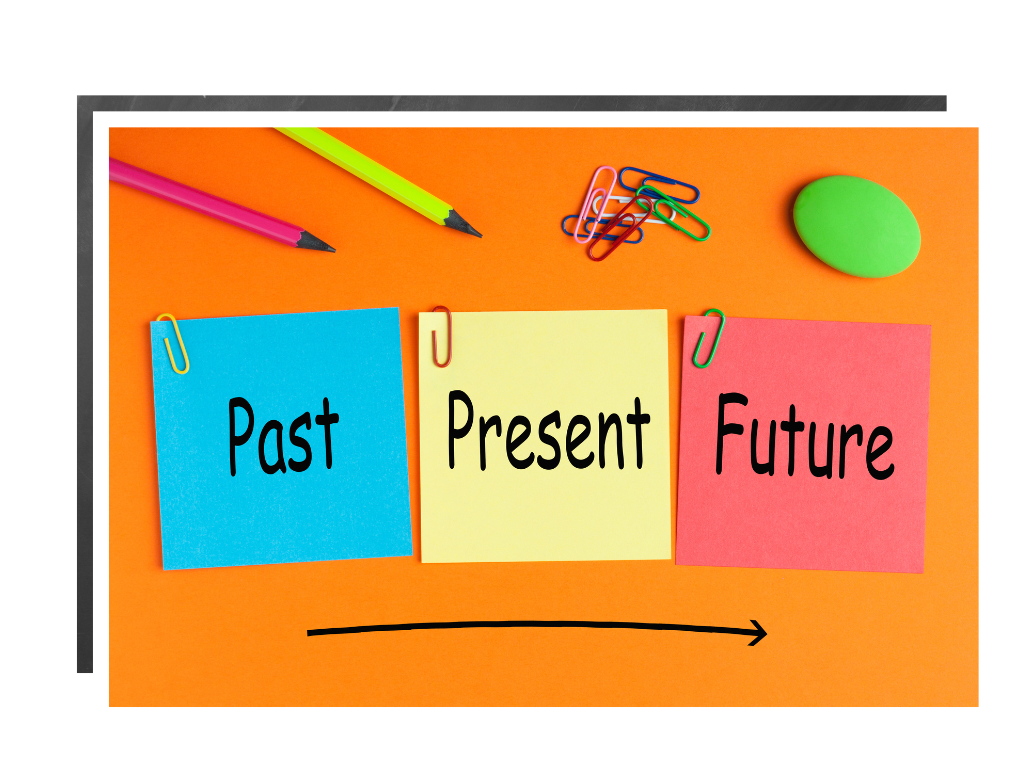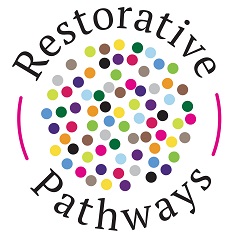Lead With Warm Curiosity

What happens in our brain when we are asked a question?
Well, the brain uses different processes to understand and respond to different types of questions. For example, answering a closed question with a specific answer activates memory or retrieval neural pathways. However, responding to an open-ended question activates problem solving and reasoning neural pathways. These processes can be limited by how the brain interprets the question and whether we are able to access an answer. The brain is a complex organ capable of great things, but it can also be limited by different experiences or emotional states.
Heightened emotional responses like fear or distress can limit cognitive functioning or inhibit problem solving and reasoning functions. The brain might also perceive some questions as threatening or manipulative depending on the way it is phrased, or the tone used. For example, “why did you steal the money?” or “how is it that you didn’t realise the money wasn’t yours?”. This is important to know in the context of working with individuals to solve problems or conflict in relationships as the right question at the right time can transform how individuals reflect on, and repair harm caused. A helpful strategy to ensure the brain is ready for problem solving is to use the three Rs suggested by Dr Bruce Perry – regulate, relate, reason.
An important element of restorative practice in schools is relational questioning to address mistake making behaviour and harm caused in relationships, this is often referred to as a restorative script – basically a set of questions designed to facilitate problem solving between people.
While learning the fundamentals of a restorative script is essential, what happens most often in schools, from moment to moment, doesn’t require a formal script (formal scripts are necessary when responding to critical incidents, ongoing issues, or high-level harm). Educators just need to understand the process, hold a relational mindset, and lead with warm curiosity when managing the day-to-day relationship difficulties occurring in schools. Warm curiosity means we are mindful of all parts of our communication, not just the words we use. The tone we use, and the feelings we express through our questions convey important messages too.
Just like a well-structured narrative has a beginning, middle and end, a restorative conversation to address relationship difficulties moves through three phases too:

In the ‘past’ phase we ask questions that help to uncover what happened and who was involved (the event/s). Asking what happened is perhaps the simplest question, however, we might also ask,
- Can you walk me through the event?
- What unfolded?
- What was the series of actions that took place?
- Can you describe the situation as you saw/remembered it?
- What is important for me to understand?
- Who is involved and what was their part in it?
In the ‘present’ phase, we want to understand the impact of the event on people and relationships. A standard restorative script suggests asking, ‘who has been affected and how?’, however, in a school setting we might consider asking more ‘student friendly’ questions such as,
- How do you feel about what took place?
- Who has been impacted by this event? In what ways?
- What has resulted for people since this event?
- What has it been like coming to school/work since?
- How might things have changed for people since this happened?
- What emotions are people experiencing about this?
In the ‘future’ phase we ask questions that encourage people to think about obligations and needs and moving forward. Here those harmed might be asked what they need to hear or see from those responsible to feel better and put the event behind them. Helpful questions to ask here include:
- How might things be fixed up?
- What do people need?
- Is there anything you would like to say to one another?
- What does your relationship need now?
- What would you like to see happen now?
- What will help you move forward?
- What support might you need to fix things up?
The brain can only think through one question at a time and some individuals require a longer processing time than others – especially children and young people. Simply asking someone to think about a question can prime new neural pathways (neuroplasticity), and consequently influence their behaviour!
So, leading with warm curiosity and asking the right question at the right time, is a helpful strategy to support young people in schools to problem solve, repair relationships, and develop new behaviours.
If you are curious about how Restorative Pathways can support your school, contact Kristy Elliott.

Add A Comment